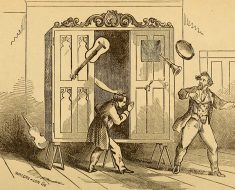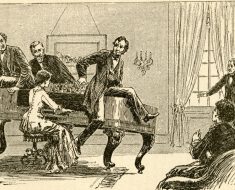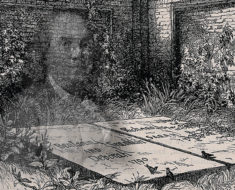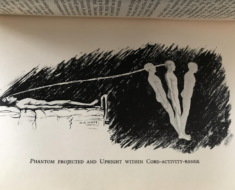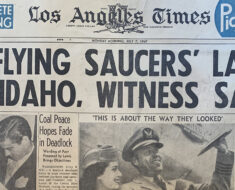In the early 1900s, when Houdini wasn’t astonishing the world with escapes and magic, he was exposing fraudulent Spiritualists. But despite his abilities to recreate “apparitions” and various effects produced by mediums, Spiritualists continued to thrive.
But Houdini wasn’t alone in his efforts. Another magician, Joseph Dunninger, carried on the fight against fraud after Houdini’s untimely death in 1926. One notable case occurred in 1929 at New York’s Hotel Pennsylvania, where world-renowned Spiritualist, John Slater, was demonstrating spirit messages at the New York State Spiritualist Convention.
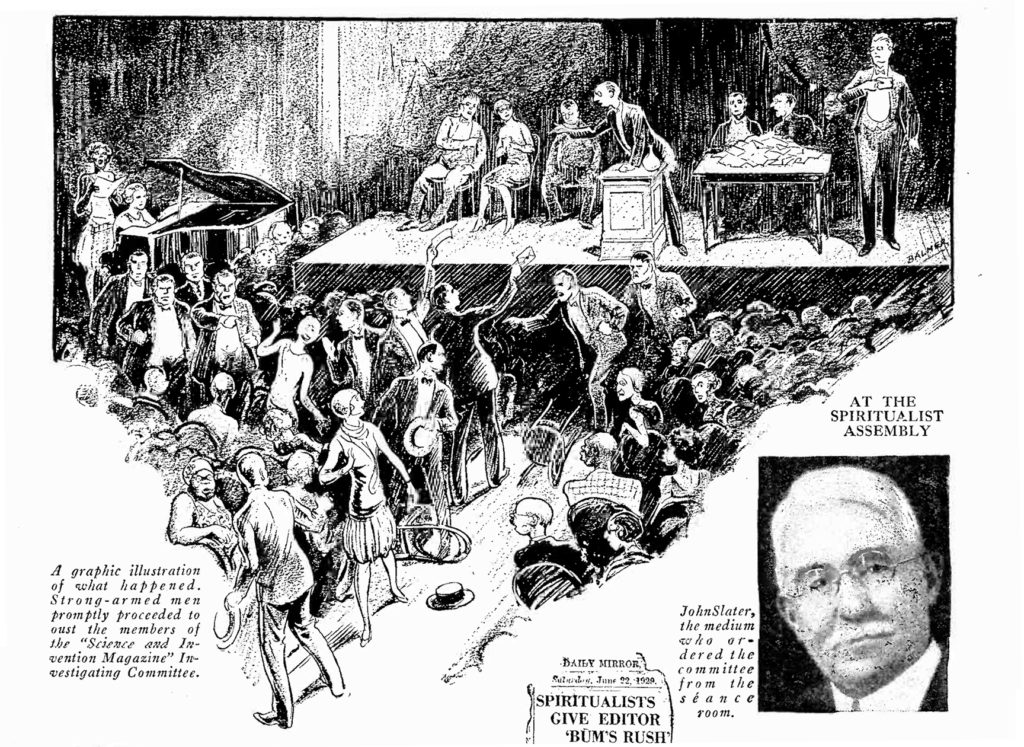
Illustration of John Slater’s refusal to take Dunninger’s $21,000 challenge. From Science and Invention, September 1929.
Slater was born in 1867 and had his first experience with the beyond at the age of four. He reportedly saw and chatted with a friend, Mary Powers, whose funeral he had just witnessed hours before. As the years went on, the budding medium continued communicating with spirits. By his early twenties he left home—perhaps to get away from his disbelieving parents—and pursued a career in talking to the dead.
His travels took him all across the country. On this June 1929 evening in New York, as he often did, Slater stood on stage reading messages sealed inside envelopes and, of course, reminded the audience that he’d never met the people who wrote them or had any prior contact with them. He even offered a prize of $5,000 to anyone who could prove that spirits were not providing him with the contents of the envelopes.
At this point, Dunninger, who was with Joseph H. Kraus, a field editor from Science and Invention Magazine, spoke up from the audience and offered Slater $21,000 if he could read what was in his envelope. Slater wouldn’t bite. In fact, not only did he reject the challenge, but he had Dunninger forcibly removed from the scene. The crowd went along with Slater, booing the magician as he was dragged away.
Here’s how it went down, according to Science and Invention:
[Slater] had just completed saying, ‘And I had no way of knowing the contents of your letter, did I?’ While he was being roundly applauded, Mr. Kraus jumped up and waving the sealed message in his hand, exclaimed in a voice that could be heard above the handclapping, ‘Mr. Slater, will you read the contents of this envelope for $21,000? We have the check on hand made payable to you.’ Dunninger added, ‘Will you do this, Mr. Slater?’ Slater’s response was, ‘If this man had adopted these tactics in a Roman Catholic Church, or a Jewish Synagogue, what would you have said? Throw him out!’ With that, the strong arm squad started to descend from all directions and to carry out Slater’s order. Again Dunninger repeated, ‘Will you do this?’ Slater refused, but his refusal could not be heard above the din of ‘Put him out! Throw him out!’ The Managing Editor tarried and prevented the squad from coming up in back. Slater heard the challenge; he refused it!”
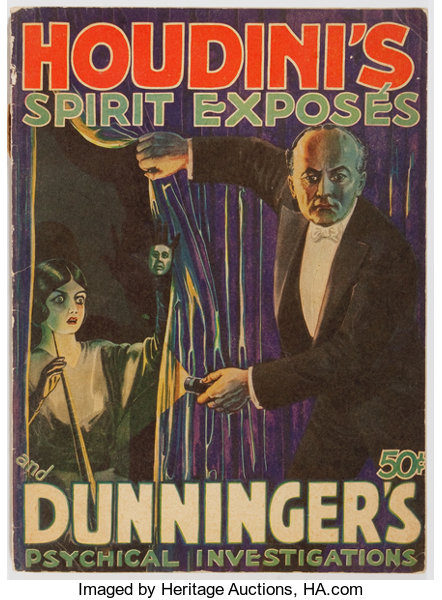
Houdini and Joseph Dunninger exposed fraudulent mediums.
The church and synagogue analogy didn’t exactly hold true, as the magazine pointed out: “In a Catholic Church, in a Jewish Synagogue, or in any other religious assemblage, of this nature, any member of the congregation has a right to question the minister and expect the courtesy of a reply. It seems that in spiritualism one entertains no such right.”
Dunninger and the magazine editors concluded that Slater’s refusal to accept the $21,000 check could mean only thing: he was a fraud.
“If this man who is advertised as being the world-renowned medium, John Slater, and who since the age of 22 has been producing similar effects, is not capable of giving just one for the benefit of not only his audience, but also science, can we not consider all mediumistic manifestations as belonging to the same category?”


